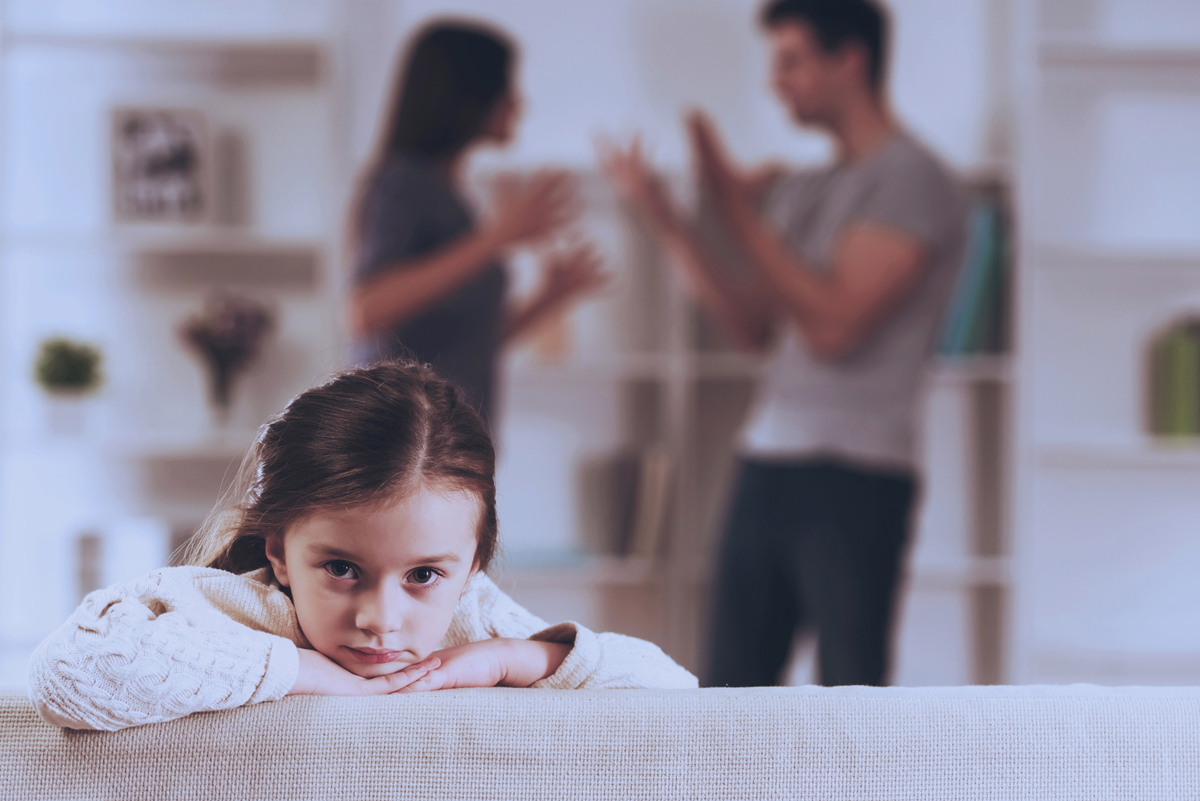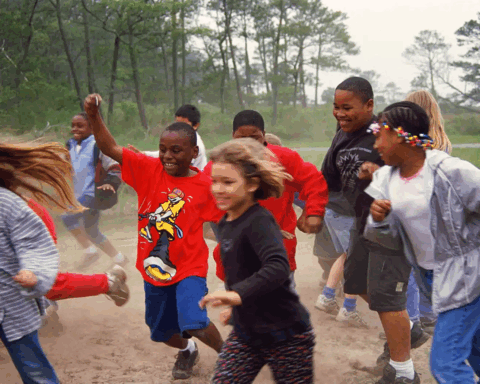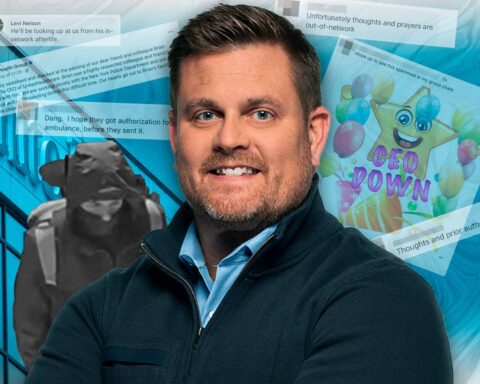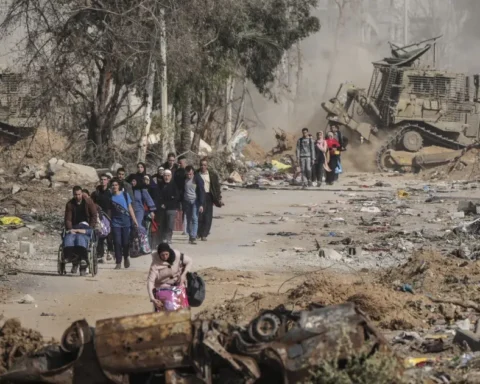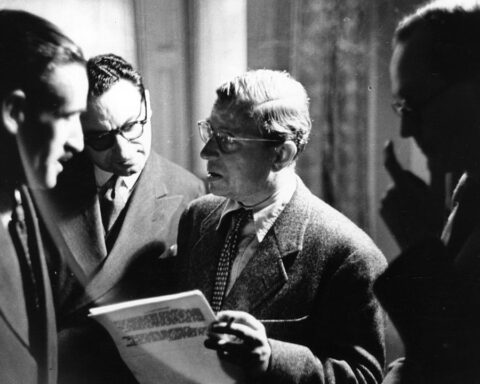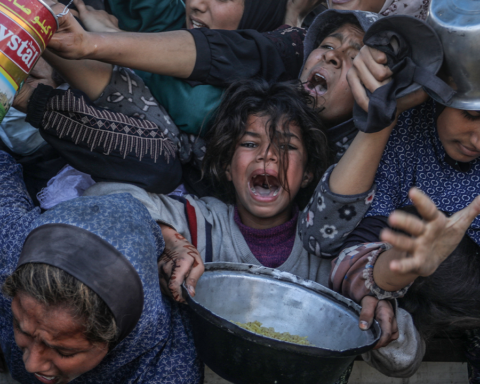The family is marketed as a safe space, a place of love and mutual care, but this is not supported by the data—How do we bring our experiences of mutual support networks to the centre of society?
~ written by Alana Queer, original text in Spanish: El Salto ~
Something is wrong. We already struggle to imagine the end of capitalism, but abolishing the family? Feminism seems to have long since abandoned this old feminist demand, and this year the LGBTQIA+ movement in Spain will celebrate twenty years of equal marriage, that is, its inclusion in this patriarchal institution of marriage and family that marks a new “homonormativity,” which is primarily a copy of heteronormativity. We’re in trouble. We lack imagination, we lack visions of other forms of coexistence and parenting.
I write this article from my perspective as a family survivor. A survivor of sexual abuse, psychological and emotional abuse and neglect, abuse that has left me with complex trauma that I am still learning to live with. To live, not just survive, as I have done for decades of my life. Writing from a survivor’s perspective, in a way, is writing from the perspective of a child, providing a counterpoint to the debate dominated by adult-centric perspectives.
When I think of family, the first words that come to mind are violence, (sexual) abuse, abandonment, mistreatment, emotional blackmail… Not for a millisecond of my life have I considered starting a family.
While I strongly agree with the diagnosis of the family’s role in the economic and political order, as put forward, for example, by Nuria Alabao in this article or Sophie Lewis in her book Abolish the Family, in a way, this diagnosis is unnecessary. I only have to think about my own experience, look at my surroundings, my friends, and what I see is violence, mistreatment, abuse, emotional neglect, and all the resulting traumas. Is it possible that so many of us have simply been unlucky? Perhaps there is a more structural problem, that it’s not something failing in some (many) individual families, but the family system itself that is at fault?
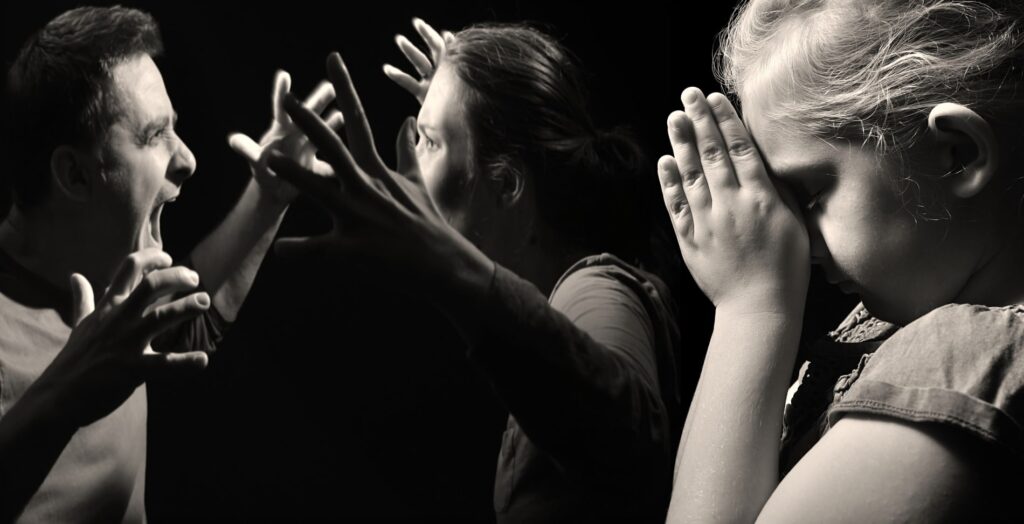
The family, a system of mistreatment and abuse
The family is marketed as a safe space, a place of love and mutual care. Above all, it is said that the family is the best place for children. This could not be further from the truth. According to a meta-analysis of physical violence experienced or witnessed in the family at the global level, in Europe 12.7% of children have been victims of physical violence in their family, with a higher rate for boys compared to girls (girls are not included in the analysis), and 10.5% have witnessed physical violence in their family. Another global meta-analysis of more types of abuse and neglect reaches even higher results: 14.3% of girls and 6.2% of boys had suffered sexual abuse, 27% of boys and 12% of girls had suffered physical abuse, 6.2% of boys and 12.9% of girls had suffered emotional abuse, and 14.8% of boys and 13.9% of girls had suffered neglect during their childhood. Overall, boys suffer more physical abuse and neglect, and girls more emotional and sexual abuse. Fathers perpetrate more physical and sexual abuse, while mothers perpetrate more emotional abuse and neglect.
A study in the United Kingdom concluded that 41.7% of children were exposed to some form of child abuse—physical, sexual, or emotional abuse, or physical or emotional neglect. Some 19.3% witnessed domestic violence between their parents or care-givers within the family. The famous ACE Study (Adverse Childhood Experiences Study) of 1998 in the United States reached prevalence rates of 11.1% for psychological abuse, 10.8% for physical abuse, 22% for sexual abuse, and 12.5% for exposure to domestic violence against the mother. Children often suffer more than one form of abuse at a time.
In Spain, an estimated 18.9% of the population has been a victim of sexual abuse in childhood (15.2% of men and 22.5% of women), more than half of whom were perpetrated by a family member. According to a report by Save the Children, more than 25% of children in Spain have been victims of abuse by their parents or care-givers.
Despite considerable variation across studies, all of them show the family as a site—the primary site—of abuse, mistreatment, and neglect. Studies that differentiate by sexual orientation, such as one from the United States, generally find much higher prevalence rates of abuse and mistreatment across all categories for LGBTQIA+ people compared to heterosexuals. And children who exhibit behaviours that do not conform to their assigned sex at birth suffer even more abuse of all kinds.
Beyond abuse, 40% of children never develop a secure attachment to one of their care-givers. According to research by the Sutton Trust in the United Kingdom, “Many children lack secure attachment relationships. Around 1 in 4 children avoid their parents when they are upset because they ignore their needs. Another 15% resist their parents because they cause distress.” According to the same research, insecure parental attachment is the most important risk factor; that is, insecure attachment is reproduced from generation to generation if parents with insecure attachment do not work on their own attachment styles and traumas.
To these figures of child abuse and neglect, we can add the high prevalence of intimate partner violence, gender violence, and domestic violence. Witnessing this violence also has negative consequences for children.
Is the family a safe place of love and care? The numbers debunk this myth. We can say that for children, the least safe and most dangerous place is their family home. With these figures—a prevalence of abuse between 15% and 40%—how can we think that something is wrong at the individual level, that the problem isn’t the structure (the family), but a lack of education, resources, etc.?
I invite you to a thought experiment. Let’s imagine a society wants to choose between several models of coexistence and parenting: tribal or community parenting, other models I have no idea what they might be, and family parenting. Predictions of child abuse are estimated for each model. Can we imagine that a model with a 25% prediction of abuse would be chosen? I doubt it.
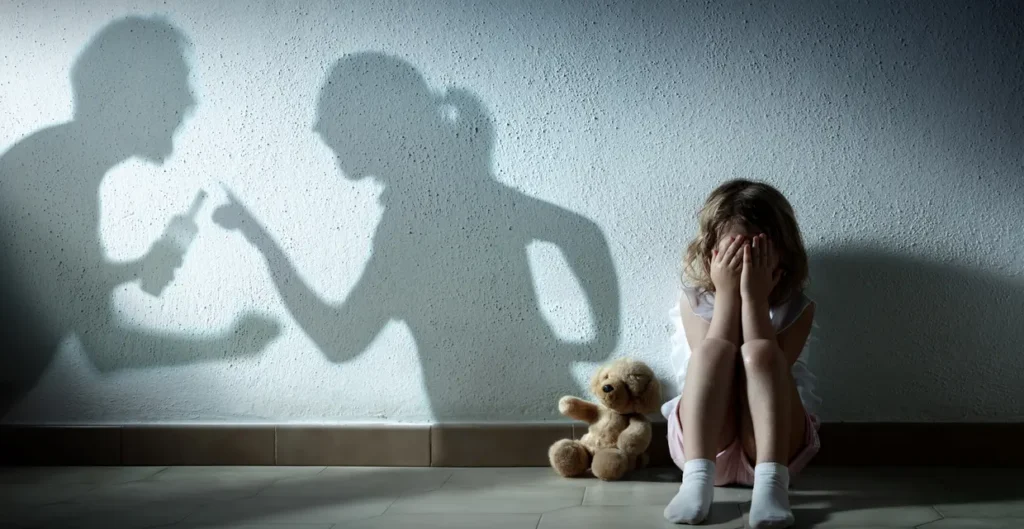
Child abuse: lifelong damage
Child abuse leaves lifelong damage, I know this from my own experience. For example, complex trauma refers to early negative experiences involving neglect and/or abuse that occur within an attachment relationship with the primary care-giver. This means that the figure who is supposed to provide affection, love, and protection to the child is, at the same time, a source of anxiety, threat, neglect, and/or abuse, resulting in distressing experiences such as verbal abuse, abandonment, bullying, emotional invalidation, abandonment, and so on.
Because of their ongoing nature, such abuse generates a stress response that leaves a mark on the brain. Furthermore, these situations go unnoticed externally and are cumulative. In many ways, complex trauma is related to “non-events,” things that didn’t happen when they should have—a look, a smile, being considered, or a comforting hug. These non-events have a significant impact, although they don’t remain as memories beyond emotional sensations.
I know all this very well. It’s estimated that up to 7.7% of adults suffer from complex post-traumatic stress disorder (c-PTSD or complex PTSD) and up to 20% suffer from post-traumatic stress disorder. To me, these numbers seem too low. However, it’s important to keep in mind that this isn’t a simple binary—either you have PTSD or complex PTSD according to strict diagnostic criteria, or you’re fine. Problems with emotional regulation, forming close relationships, behaviour, trust, and a negative self-image can all be present and can cause considerable problems without meeting all the diagnostic criteria for PTSD or complex PTSD.
Complex trauma, often also called complex developmental trauma or developmental trauma, is in the vast majority of cases the result of prolonged emotional abuse and neglect in childhood and adolescence. Here we see many of the 15% of children who avoid their parents because they cause distress: survivors of sexual abuse and other forms of prolonged maltreatment.
There are also other consequences for mental and physical health: eating disorders, depression, other mental disorders, substance use and abuse, and much more. From the ACE study in the United States, we know that adverse childhood experiences have a profound impact on many areas of adult health.

Towards other models
So, we abolish the family. Okay! But what do we put in its place? Sophie Lewis says: “Nothing.” Perhaps an overly simplistic answer.
It’s true that in the current system, the family fulfils functions for which the best answer is “nothing”. As Nuria Alabao says, “The family is not a neutral institution: it is still sustained by hierarchical relations of subordination based on gender, age, and race/migration origin. […] As an institution, the family has a central economic function; it has always been essential to the reproduction of classes in capitalism, to allocate inheritances, transmit property, or guarantee the payment of debts”. These are the functions we don’t want to replace. Enough with Sophie Lewis’s “nothing.” We don’t need a gender police force, we don’t need an institution that reproduces patriarchy and prepares children to function well under capitalism.
However, there are other functions of the family in the current system, such as parenting and caregiving, which the family performs quite poorly, as I’ve shown above, but which are nonetheless necessary. We need other models of living together, of relating, of parenting, and of organising caregiving.
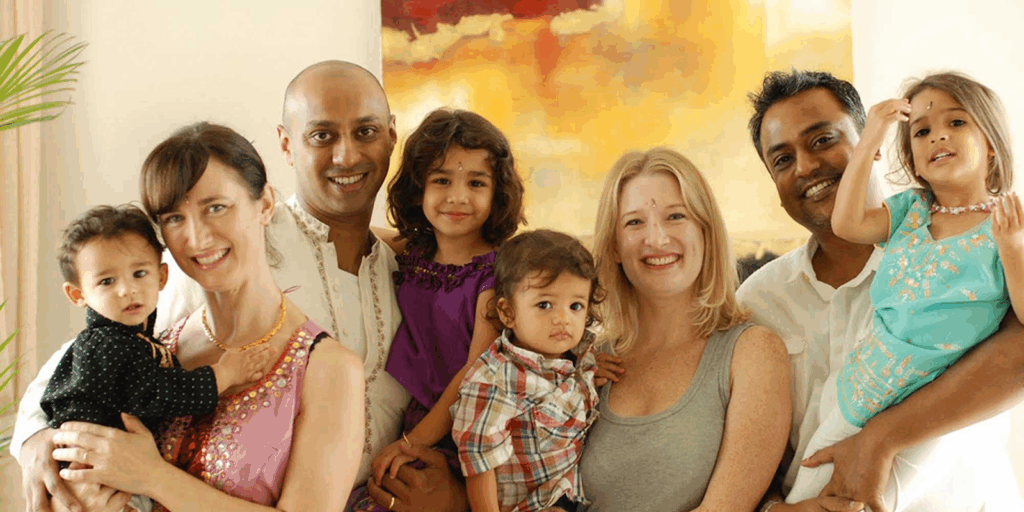
Today, mainstream feminism has nothing more to offer than promoting “co-responsibility” in parenting, that is, equal participation of fathers in childrearing. Where are the more radical visions?
I don’t mean that children need their mother, father or biological parent, but they do need adults who allow them a safe and stable attachment.
According to Nuria Alabao, “In 19th-century socialism linked to the labour movement, and later in the 1970s, class-based feminism called for the socialisation of social reproduction: soup kitchens, 24-hour day-care, or innovated experiences of nurturing or support on the margins”. However, even these proposals don’t question the family itself in a deeper way. They are proposals more focused on allowing women to participate in the labour market. Ultimately, they are adult-centric proposals. And, regarding the miserable figures of children with secure attachments, I fear that these proposals could even worsen the situation for children if the nuclear family model is maintained. By this, I don’t mean that children need their biological mother, father, or parent, but they do need adults who allow them a secure and stable attachment.
In this sense, it might even be helpful to “de-centre” biological parents, to think about care and parenting in a community, a tribe, parenting models that include a network, a community of adults in the children’s lives. The African proverb “it takes a village to raise a child” points in this direction. Children need more secure and stable relationships with adults, beyond their parents, a “village.”
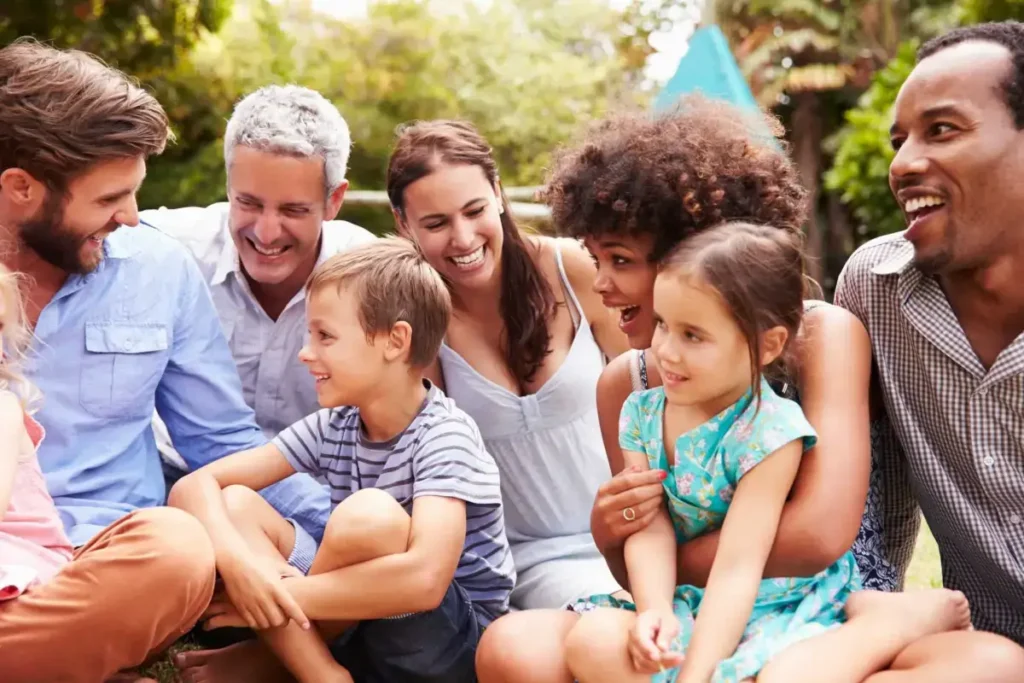
There is some research on the perspectives of children raised in consensually non-monogamous relationships. According to Elisabeth Sheff, “The presence of more than two adults in the family provides several advantages to children, such as receiving more attention, nurturing, and time from significant adults, receiving more gifts for special occasions, and being exposed to a greater number of positive role models. It also allows them to form family bonds with other children beyond biogenetic kinship and to have more siblings”.
The parenting network does not have to be limited to the sexual and emotional bonds of the parents: I am thinking of networks of relational anarchy, networks that decentralize love and the couple.
Other recent research with children says: “Children living in polyamorous households often view their parents’ romantic partners as resource persons, which fosters the development of a positive view of these adults in the child. Many children explained their affection for their parents’ partners by highlighting how these adults cared for them and supported them, emotionally and materially. This echoes studies conducted with parents practicing NMC, who described their extra-dyadic romantic partners as supportive, loving, and understanding, not only for them but also for their children.” Thinking further, in terms of the concept of “village” or community, the nurturing network need not be limited to the parents’ sexual affective ties. I’m thinking of networks of relational anarchy, networks that de-centre love and the couple (or couples).
This isn’t so simple. Myriam Rodríguez del Real and Javier Correa Román say in an article in El Salto: “The central issue is understanding that friendship has been emptied of material content in order to centralize the couple. Societies construct systems of kinship and affinity that determine which bonds are recognized and which are left on the margins. The heterosexual monogamous couple constitutes the center of these systems, and the rest of the relationships (including friendship) are reconfigured in response to it”.
And: “Therefore, it is not simply a matter of ‘giving more importance to friends,’ but of rejecting the current configurations of both the couple and friendship to create new relational forms. We need to ‘disorient’ (…) the normative notions of affection in order to imagine other forms of relational inhabitation. Only to the extent that we think of other forms of friendship does the couple cease to make sense as the organising centre of our lives”.
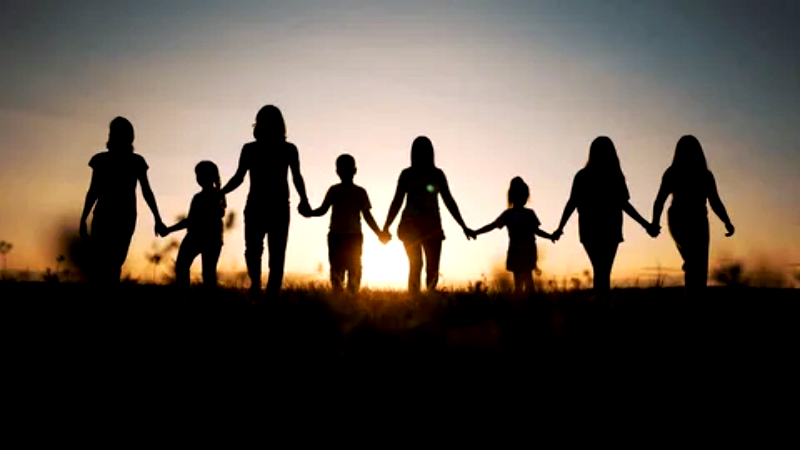
In a talk about abolishing the family in Seville two years ago, considering alternatives to the family, Nuria Alabao spoke about building relationships with a reciprocal obligation (in order to assume caregiving), and that these types of relationships take time to build. We already have this obligation in today’s family, and I seriously doubt it contributes to adequate care, neither for children nor for adults or the elderly. For me, caregiving out of obligation isn’t care, but rather a sacrifice. And, today, the vast majority of women have to make this sacrifice to care for their parents or another relative.
How do we bring our experiences of mutual support networks to the centre of society? How do we change our perceptions so that we see ourselves as capable of trusting these networks?
Personally, I think more about making commitments—that is, I voluntarily make a commitment in a relationship (of any kind) that doesn’t require reciprocity. It’s more about trusting the network (of relational anarchy, of my community), that when I need care or support, there will be a person in the network (or several) who can take it on, and they don’t have to be the same people who previously received support from me. I feel like this is something we’re already trying to practice in my network.
Hil Malatino, in his book Trans Care (Bellaterra, 2021) , offers this minimal definition of community: people who are re-weaving. And when I review my experience of the last nine years, facing my family traumas, it has been a constant re-weaving of my networks. Some people left my networks, others joined. Perhaps we should leave behind the idea of a stable, lifelong mutual support network that should assume the care and support—emotional, financial, parenting, when we are sick—that today is assumed (often poorly) by the family, and instead rely on our networks, always fragile, always in reconfiguration, but capable of sustaining us when we need them? I don’t know. I’m still afraid of it myself, but, at the same time, my networks have sustained me over the past few years, and they continue to sustain me.
How do we bring our experiences of mutual support networks to the centre of society? How do we change our perceptions so that we see ourselves as capable of trusting these networks? How can we strengthen them?
I don’t have the answers. I think it’s about building by walking and experimenting. This is just a start. And, for me, building alternatives to family, new structures of mutual support and care, is a matter of survival. I’ve outlived my family, and I’ve gotten this far thanks to my networks.
______________
Source: Freedom Press
